Let me take you back to the mid-90s, when the internet was still a wild frontier, and people were just beginning to realize its potential. Among the many weird and fascinating events of that time, one of the most obscure yet influential was the "Great AOL Email Flood of 1996."
The Background: A Pre-Social Media World
Back in 1996, America Online (AOL) was the gateway to the internet for millions of users. If you were online in the U.S., there was a good chance you were doing it through AOL. Their "You've got mail!" notification was iconic, and email was one of the main ways people communicated online.
AOL’s interface made it easy for even the least tech-savvy individuals to navigate the internet, which was both a blessing and a curse. The company had built-in mailing lists, and users could send emails to large groups of people at once—far easier than on most other platforms at the time.
The Incident: When Email Went Haywire
In March 1996, an innocent attempt to reach out to others turned into what can only be described as one of the earliest examples of an internet catastrophe. It all started when a user, often referred to as "Craig," decided to send out a message to a large group of AOL users—thousands, to be exact. The message itself was innocuous; he just wanted to share some thoughts on an upcoming AOL feature and maybe get some feedback.
But here’s where it got out of hand: Craig didn’t realize that many of the recipients of his email had the option to "Reply All" enabled by default. As people started responding, their replies were sent to everyone on the list. And since it was AOL, where people were just discovering email, some thought it was polite to acknowledge the receipt of the email—by replying to all.
The floodgates opened. One email turned into thousands in a matter of hours. In those days, internet speeds were slow, and many people had limited storage space. AOL’s servers, not designed to handle this level of traffic, began to strain under the pressure. Mailboxes filled up, and people who hadn’t even been part of the original email thread suddenly found themselves bombarded with hundreds of messages from strangers.
The Fallout: Chaos and Lessons Learned
The Great AOL Email Flood quickly escalated from a minor nuisance to a significant problem. Users were livid. They couldn’t access their emails due to overloaded inboxes. Complaints poured into AOL’s customer service, which was quickly overwhelmed. Some people even canceled their subscriptions in frustration.
It took AOL several days to resolve the issue. They eventually had to manually intervene, purging the flooded inboxes and adjusting their email system to prevent future incidents. The company also introduced stricter limits on mass emailing and improved their spam filters.
The Legacy: A Precursor to Modern Internet Issues
Though it may seem like a minor blip in history now, the Great AOL Email Flood of 1996 was one of the first instances that highlighted the potential for chaos in online communication. It served as a precursor to more sophisticated spam attacks and helped shape the development of internet etiquette (netiquette) and technology.
In a way, this event was a lesson in the growing pains of a connected world. It showed that the more people you connect, the more potential there is for things to spiral out of control—something we’ve seen time and time again as the internet has evolved.
So while it’s not as famous as other internet milestones, the Great AOL Email Flood remains a fascinating, albeit obscure, chapter in the history of the online world.

